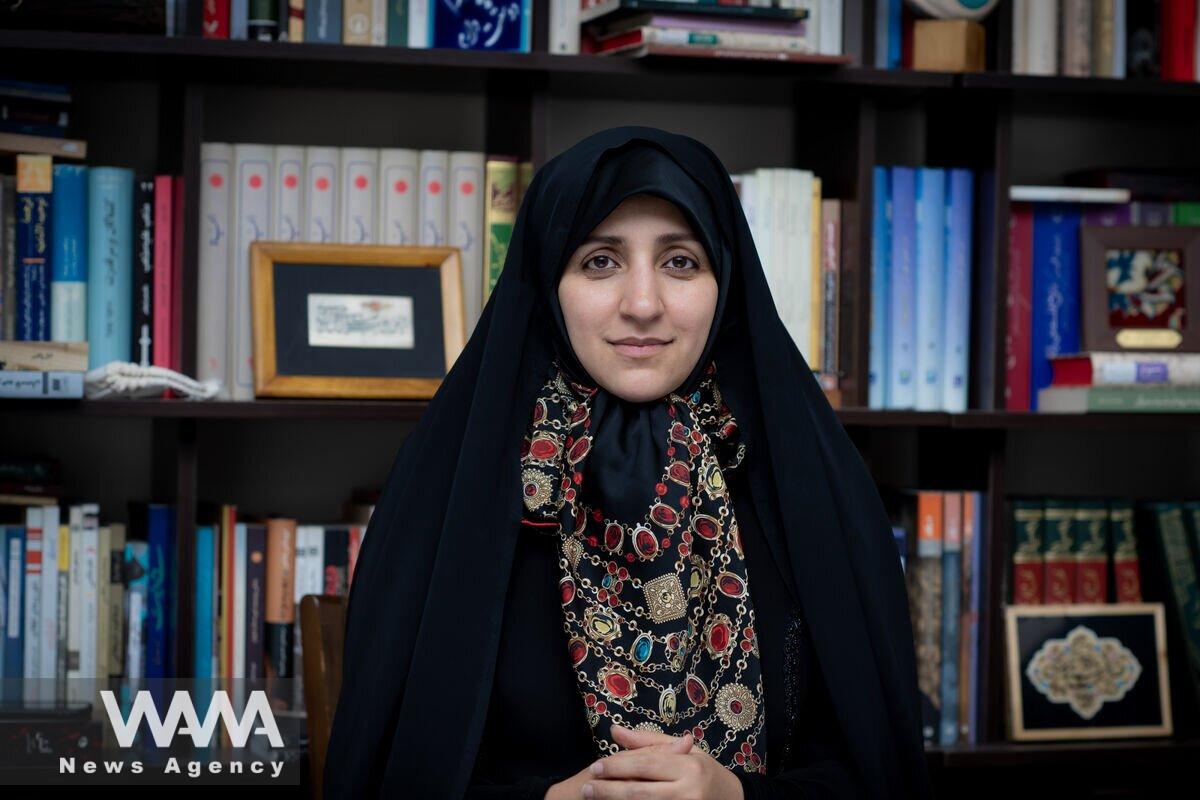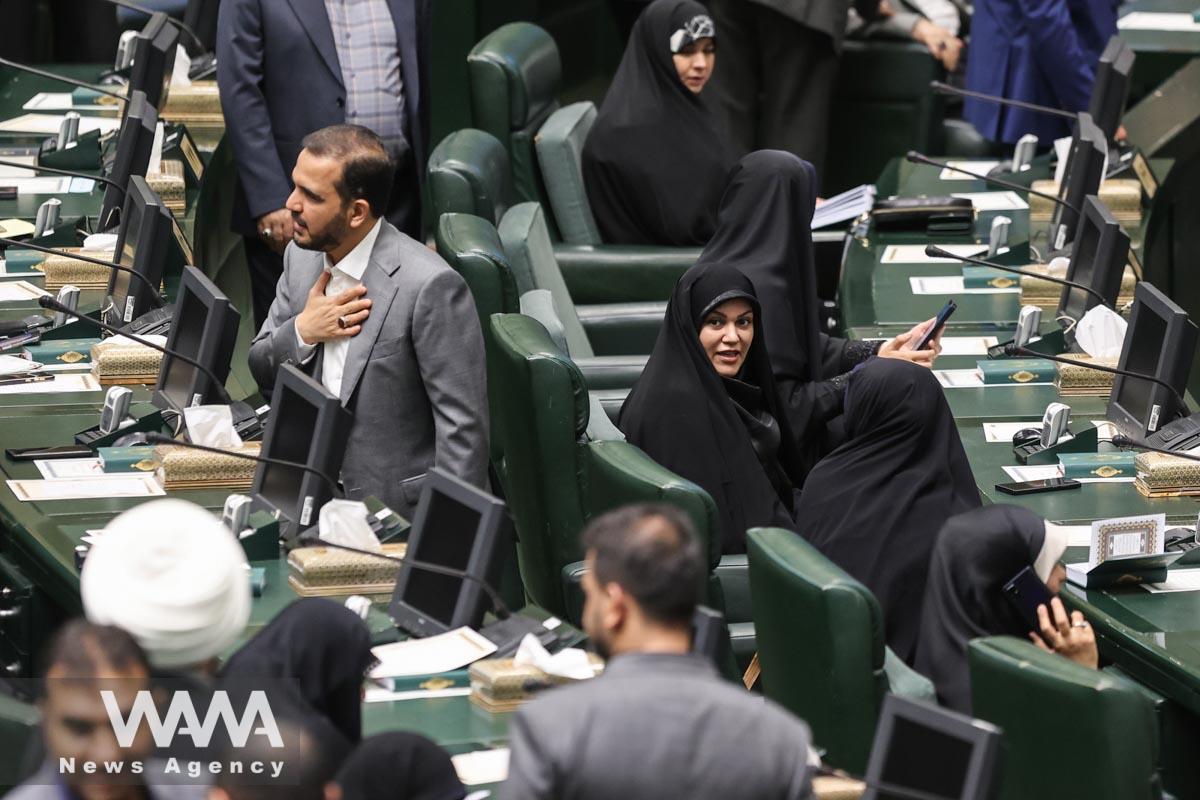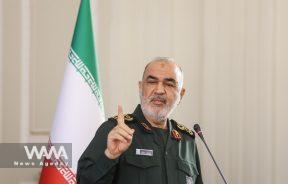Pezeshkian’s Government to Elevate Women’s Roles
WANA (Aug 26) – During the election campaign, Masoud Pezeshkian, the current President of Iran, emphasized the importance of leveraging the potential of women within the government structure.
He pledged that if elected, he would take serious measures to elevate the role and status of women in key management and decision-making positions.
“We must ensure that women, like men, can find their place in scientific, managerial, economic, political, and social roles, with no distinction between men and women,” Pezeshkian stated.
Pezeshkian believed that increasing the presence of women in high-level governmental roles would not only contribute to the realization of “social justice” but would also enhance the efficiency and effectiveness of the government. He argued that such inclusion could help fulfill the country’s economic and social promises.
However, Pezeshkian has faced considerable criticism from reformists and some political and social activists for not fully meeting expectations regarding the empowerment of women in government positions.
Critics argue that he has not completely fulfilled his promises in this regard, and the progress has been less than anticipated, indicating a need for more attention and action in this area.
In the previous Iranian administration, under President Mahmoud Ahmadinejad, Dr. Marzieh Vahid Dastjerdi became the first woman to head a ministry.
In Pezeshkian’s government, Mrs. Farzaneh Sadegh has taken on the role of a minister, becoming the second woman to hold such a position since the Islamic Revolution in Iran.
Zahra Behrouz Azar, the Vice President for Women and Family Affairs of Iran, recently emphasized the government’s determination to enhance the presence of women in governmental and decision-making positions.
In a recent interview, she announced that the government is actively planning to improve the status of women in managerial and executive roles, and promised that positive developments in this area will soon be announced.

Zahra Behrouz Azar, the Vice President for Women and Family Affairs of Iran/Social media/ WANA News Agency
Behrouz Azar highlighted that the government’s focus extends beyond the cabinet itself, noting that three women currently hold significant positions within the administration: Sheena Ansari, Head of the Environmental Protection Organization; Farzaneh Sadegh Malvajerd, Minister of Roads and Urban Development; and herself as the Vice President for Women and Family Affairs.
She also mentioned the government’s plans to leverage the capacities of women, youth, and ethnic groups in secondary and tertiary decision-making levels.
Behrouz Azar stressed that appointments should be made based on merit and expertise, and stated that the government is committed to these reforms and changes to create more opportunities for women, fulfilling its electoral promises.
READ MORE
The representation of women in Iran’s cabinet has decreased since the Pahlavi era, despite efforts by reformist governments to increase women’s political participation. None of these reformist administrations included a female minister in their cabinets.
The first female minister after the Islamic Revolution was Marzieh Vahid Dastjerdi, who was appointed as the Minister of Health in Mahmoud Ahmadinejad’s administration.
In the fourteenth government, led by Masoud Pezeshkian, Farzaneh Sadegh Malvajerd was introduced as the Minister of Roads and Urban Development, and with the approval of the Parliament, she became the second female minister in the history of the Islamic Republic.
Women’s political participation in the Islamic Republic’s Parliament began with four female representatives in the first term. The number of female MPs remained steady during the second and third terms, increasing to nine in the fourth term.
In the fifth Parliament, women secured 14 seats, but this number declined in subsequent terms, dropping to eight seats in the eighth Parliament.
The ninth Parliament saw the number of female representatives rise to nine, and the tenth Parliament had 13 women. The eleventh Parliament, with 16 female representatives, recorded the highest female participation in the history of the Islamic Republic. However, overall, women’s representation in the Parliament has never exceeded 6 percent.

Iranian women lawmakers attend the opening ceremony of Iran’s 12th parliament in Tehran, Iran, May 27, 2024. Majid Asgaripour/WANA (West Asia News Agency)












